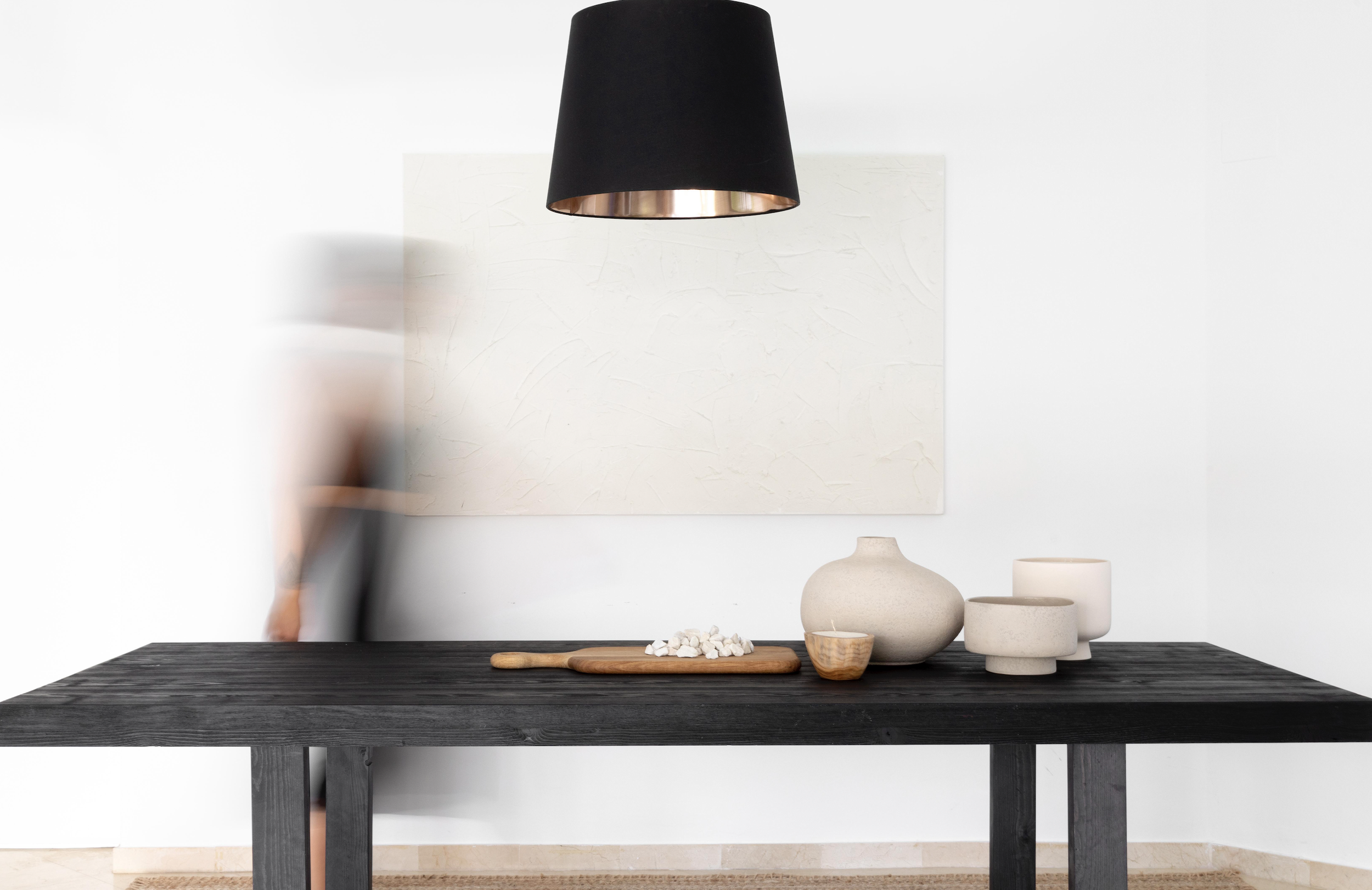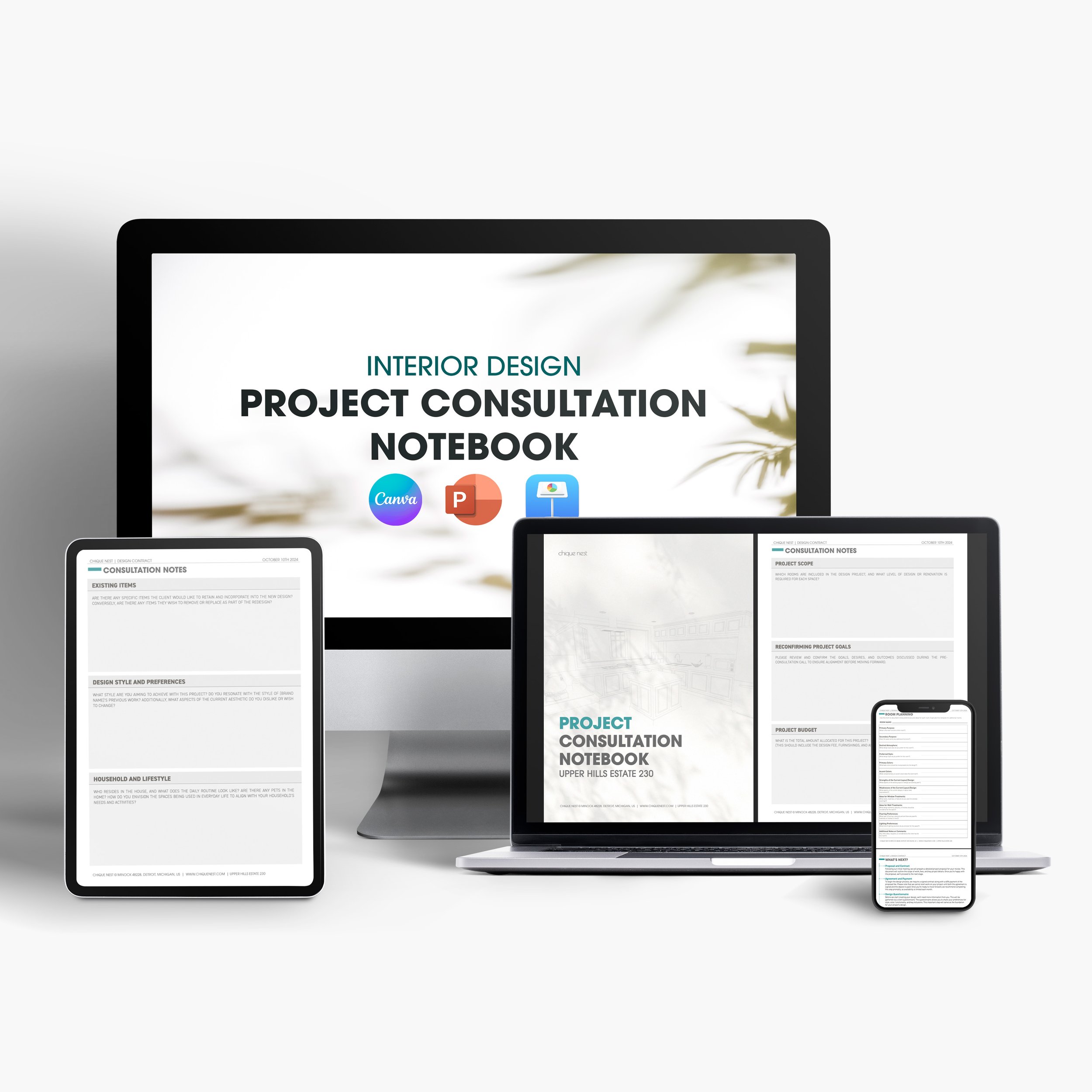Luxury vs. Budget Clients: How to Adjust Your Interior Design Process for Different Price Points
Interior design clients come with different budgets, expectations, and project scopes. Whether working with a high-end luxury client or a budget-conscious homeowner, adjusting your design process, pricing strategy, and service offerings is crucial to delivering the best results. This guide will help you tailor your approach to accommodate both luxury and budget clients while maintaining efficiency and profitability.
Understanding Luxury vs. Budget Clients
Before adjusting your process, it’s important to define the key differences between luxury and budget clients:
Luxury Clients
Prioritize exclusivity, premium materials, and a fully customized experience.
Expect a high level of service and personalized attention.
Tend to have longer project timelines to accommodate bespoke design elements.
Are willing to invest in high-quality craftsmanship and custom furniture.
Budget Clients
Focus on affordability and getting the best value for their investment.
Look for cost-effective alternatives rather than high-end customizations.
Have shorter project timelines and need efficient execution.
Often prefer pre-designed packages or DIY-friendly solutions.
Adjusting Your Design Process Based on Budget
1. Initial Consultation & Client Expectations
Luxury Clients: Expect a comprehensive design consultation, including in-depth discussions about aesthetics, lifestyle needs, and unique preferences.
Budget Clients: Require a streamlined consultation focused on affordability and practicality.
Adjustment Tip: Offer tiered consultation packages where budget clients get a shorter session while luxury clients receive an in-depth design roadmap.
2. Design Concept & Mood Boards
Luxury Clients: Mood boards include custom artwork, high-end materials, and exclusive furniture pieces.
Budget Clients: Focus on cost-effective alternatives with retail-ready products and smart styling.
Adjustment Tip: Create two versions of mood boards—one with premium selections and another with budget-friendly substitutions.
3. Sourcing Materials & Finishes
Luxury Clients: Prefer handcrafted, one-of-a-kind, or imported materials.
Budget Clients: Need durable, affordable, and mass-market materials.
Adjustment Tip: For budget clients, suggest cost-saving alternatives like high-quality laminates instead of solid wood or quartz over marble.
4. Furniture & Decor Selection
Luxury Clients: Opt for custom furniture, designer pieces, and high-end brands.
Budget Clients: Shop from retail stores, secondhand markets, or modular furniture brands.
Adjustment Tip: Curate a mix of high-low design options for budget clients—investing in key pieces while saving on decor.
5. Project Timeline & Execution
Luxury Clients: Have flexible timelines for sourcing exclusive items and custom work.
Budget Clients: Expect quick turnaround and efficiency.
Adjustment Tip: Set realistic expectations upfront and offer expedited service packages for budget-conscious clients who need fast results.
6. Client Communication & Service Level
Luxury Clients: Expect frequent updates, on-site meetings, and VIP treatment.
Budget Clients: Prefer email updates or structured check-ins to reduce costs.
Adjustment Tip: Offer premium concierge-style service for luxury clients and self-guided project management toolsfor budget clients.
Pricing Strategies for Different Client Budgets
Luxury Pricing Model:
Charge flat fees or high-end retainers for premium service.
Include concierge services, exclusive sourcing, and white-glove delivery.
Offer custom, made-to-order options with no budget restrictions.
Budget Pricing Model:
Offer fixed-price design packages (e.g., e-design, room refresh services).
Charge hourly rates to control costs and maximize efficiency.
Recommend affordable vendors and self-install options to reduce project costs.
The key to working with both luxury and budget clients is to set clear expectations, adjust your service levels, and offer solutions that match their investment level. By customizing your design process, pricing strategy, and communication style, you can cater to a diverse clientele while maintaining a profitable and scalable business.
Want to streamline your process for different budgets? Download my Interior Design Pricing Guide to create tiered service offerings that work for every client!
This article may contain affiliate links for your convenience. By clicking on any of these links and completing a purchase, we may earn a small commission, at no extra expense to you. Your support for this blog is greatly appreciated.









